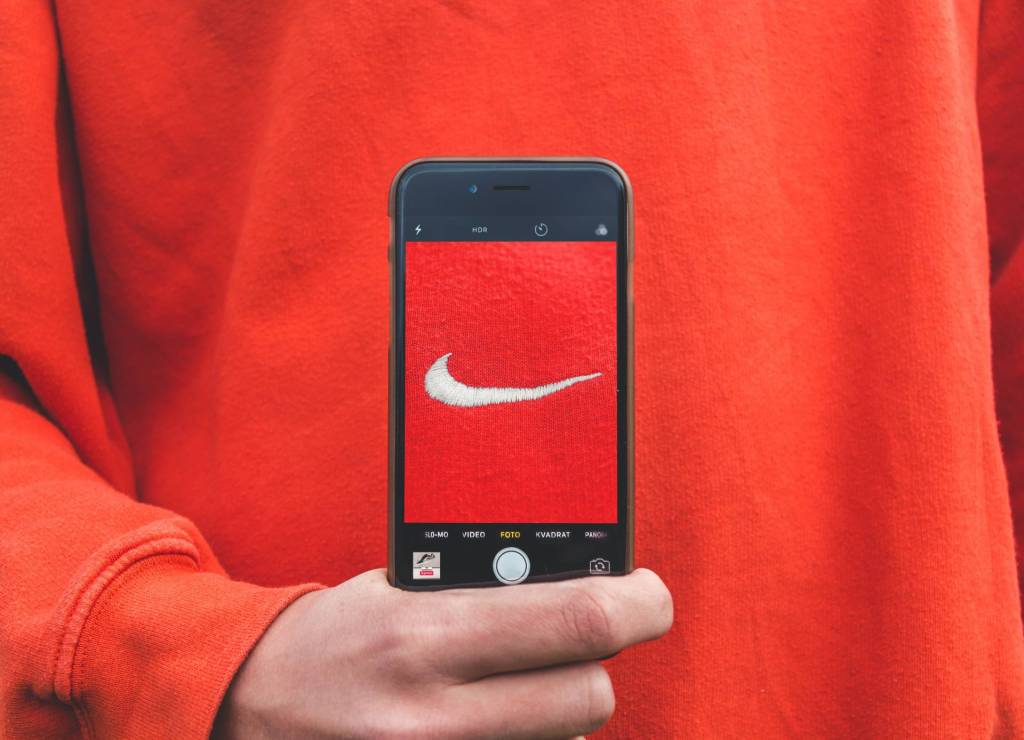Design plays a crucial role in building your personal brand; use the 7 universal design tips to help your brand stand out from the competition & ensure your messages get read.
The appearance of your personal branding messages determines whether or not they will be noticed, read, and remembered.
At a glance, prospective clients,employers, and readers, will make an instant decision to either pay attention to your words, or just move on.
To make your personal brand stand out from your competitors, you need to pay as much attention to the appearance of your messages as you do to their content.
The growing popularity of mobile applications like iPhones, iPads, and Android-based tablets is making design an even more important personal brand building tool than ever before.
7 universal design tips
The following 7 tips are “universal” because you can use them as a guide to designing and formatting everything from business cards to blogs, ebooks, landing pages, and web pages.
- Open, inviting image. Add plenty of space to the margins, borders, and space between the text and graphics in your online and offline marketing materials. White space projects an open, contemporary, and easy-to-read image. When text and graphics looked stuffed into a page or screen, your messages inevitably project a dull and hard-to-read image.
- Magnetic headlines. To succeed in attracting your prospects attention and engaging their interest, headlines must be easy to locate and easy to read. The typeface and type size you use in your headlines must form a strong contrast with the other text on the page. A good starting point is to combine headlines set in sans serif typefaces, like Frutiger, with serif typefaces, like Times Roman, for body copy. Avoid setting headlines entirely in upper case type, i.e., capital letters; this makes them harder to read. Review your headlines and make sure line breaks do not split phrases and proper nouns, i.e., first and last names. Never hyphenate headlines.
- Scannable. Design should make the structure of your message be obvious at a glance. Start by chunking, or breakiing-up, your message into topics and using subheads to introduce new topics. Readers should be able to glance at the subheads and get an idea of the ideas being discussed. Limit subhead length to a single line, add white space above them to emphasize the break with the previous topic, and never underline subheads. Another way to aid scanning is to use bullet lists or numbered lists whenever possible.
- Easy to read. Here are some of the ways to make your ideas as readable as possible. Choose a familiar body copy typeface, one that doesn’t draw attention to itself. Avoid long lines of type; these slow readers down. Choose a type size that’s neither too small or too large for the line length. Adjust line spacing so there’s enough white space is present to highlight the characters in each line. Always add hyphens to split words at line endings.
- Selective emphasis. Add a focal point to each page or screen to reinforce your message. Focal points can be headlines, photographs, charts, or quotations summarizing important points. Practice restraint adding text style attributes like bold and italics. When 2 words in a 5-line paragraph are set in bold or italics, the emphasis is obvious. But, the emphasis is lost when too many words are emphasized. Never underline text to add emphasis; underlining actually makes the words harder to read.
- Use color with care. Less is more when it comes to color. Avoid “rainbow design” using every cover available. Instead, choose a palette–or collection–of a few basic colors that you can “own,” like Published & Profitable’s blue, yellow, and red used online and offline. Explore high-impact websites like Roger Black’s, based on black, white, and red. Be careful setting text in color; often words become harder to read when you wanted to make them more noticable.
- Clutter-free. Eliminate clutter and distraction. Be selective. Know what’s important and make it the center of attention! Never interfere with your reader’s ability to focus on your main message. Avoid distracting blog sidebars crammed with dozens of competing messages that make it hard for readers to focus on your posts. Avoid cluttering ebook pages with supporting details that you can group together at the end of the chapter or in an Appendix.
Train yourself to notice the different ways the above design tips show up in attractive, easy-to-read personal brand-building messages…and they’re usually missing from dull, hard-to-read marketing materials.
The importance of becoming “design aware”
Knowing more about the basics of design will help you do a better job evaluating the success of your current personal brand building messages. By analyzing the design elements of your personal brand, you can identify what’s working–and what’s not working.
Never analyze the design components of your personal brand in a vacuum. Instead, compare your brand’s use of design to your competitors use of design!
In addition, you’ll be better able to choose the right graphic designer or web designer. By knowing your personal branding objectives as the basics of design, you’ll be better able to direct freelance designers and evaluate their work for you.
Author:
Roger C. Parker’s Published & Profitable blog contains a 14-page report, White Paper Design that Sells, that provides examples and information you can use to put the 7 universal design tips to work building your personal brand.












